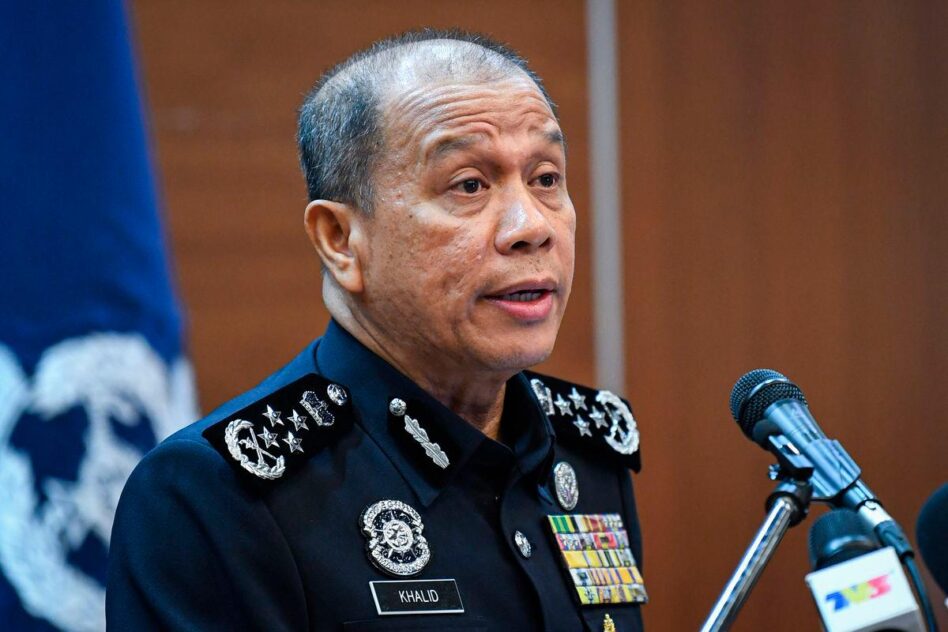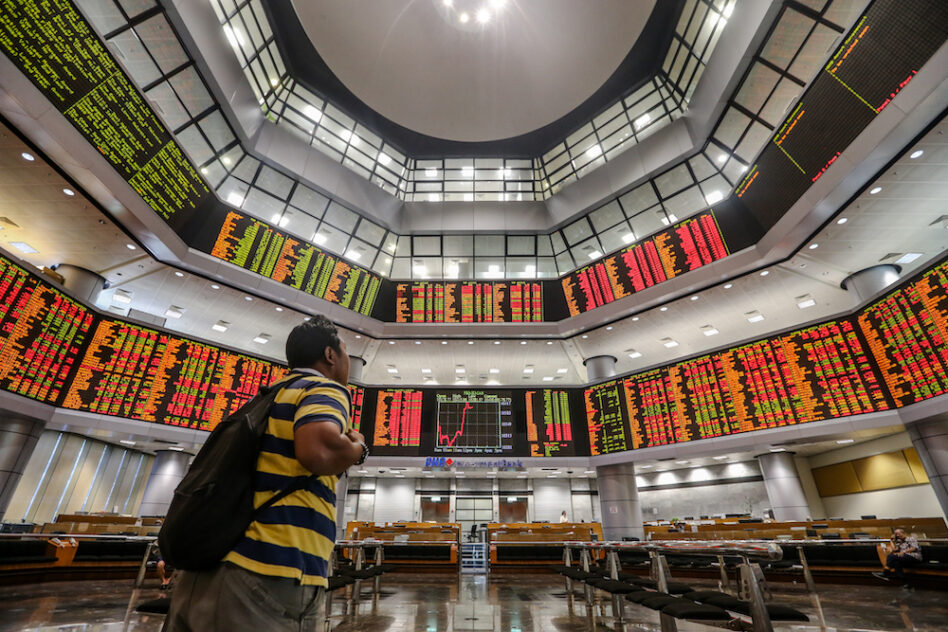By Kevin Chiow
SOUTHEAST Asia was one of the first few markets outside China to be impacted by the COVID-19 pandemic and a new normal in daily life has emerged for many in this region.
At the centre of this pandemic was healthcare industry, witnessing a significant overhaul towards adopting high-end technology adaptations including AI.
Despite all the digitisation in the healthcare sector, the manual intervention and role of nurses and doctors has only enhanced during the pandemic.
High hopes are pinned on the healthcare practitioners and systemic changes across the healthcare sector are making it challenging for everyone from physicians to nurses to CEOs of healthcare systems in delivering sustainable, high-quality care to patients.
Talking about efficiency, the conversation is usually dominated by a sense of value-in, value-out. It’s worth noting that despite the attention given to efficiency, much of the healthcare sector is still struggling with growing costs, greater pressure on providers, and anemic bottom lines.
A few innovative organisations are charting a new path, showing that steps exist to help both individuals and institutions achieve their mission while navigating through the changing healthcare landscape – the path of ‘intelligent efficiency’.
It’s nothing short of a paradigm shift, in how we view and define efficiency, that will be required to survive the seismic changes that characterise the contemporary healthcare sector.
For example, newer forms of electronic health records are often associated with an improvement in one area, such as the ability to see a greater number of patients.
However, in many cases, they are also correlated with lower patient satisfaction scores and higher rates of physician burnout.
Intelligent efficiency on the other hand works on three principles:
- Integrating technology, data, and the human
- Being consumer-centric and provider-centric; and
- Taking a comprehensive approach.
To truly succeed in a state of systemic-level pressure, healthcare entities will need to adopt an organisation-wide ethos that, above all, prizes the smart integration of technology, data, and operations that are part of an efficient mosaic with effects throughout the hospital, clinic or a healthcare centre.
As Malaysia’s Budget 2021 has recently raised the ceiling of the COVID-19 fund by RM20 bil to RM65 bil in the healthcare industry, for next year, a total of RM1 bil will be allocated to curb the third wave of COVID-19.
Thriving in the new normal also means embracing the types of internal changes that will address the pressures of consumerisation and create a seamless patient experience.
Healthcare entities ranging from national systems to individual physicians must thus, create systems that satisfy greater patient interest in the clinical decisions that affect both their physical and financial well-being.
Setting up systems and adopting technologies that help patients better understand their care and consistently communicate its benefits and risks, as well as reducing waiting times for tests and procedures will be essential to meeting the challenges of consumerisation.
A partnership between GE Healthcare, a local asset solution provider and biomedical engineering management services provider which launched an initiative called the Replacement Through Maintenance (RTM) initiative is one such example which is driving the upgrade of CT scanners, MRI and PET scanners in Malaysia.
Malaysia is witnessing an acceleration of digital transformation to address the healthcare needs and growing backlog of elective procedures. The time is ripe for healthcare providers to start considering intelligent efficiency brought in by digital integration their workflow and infrastructure.
One example is a next-generation CT scanner that will be available soon in Malaysia. It features a hands-free positioning camera so that there is minimal contact between the radiologist and patients.
The digital scans are connected to a cloud-based AI software that automatically detects and enhances the scan image, speeding up the scan process and improving diagnostic accuracy.
Finally, the convergence of technology and education must continue, even during a crisis to ensure knowledge and best practices are shared speedily across borders.
Local medical societies, medical device companies, clinicians and other members of the healthcare community need to continue to work together to deliver knowledge in creative ways.
There is no way to predict how long this pandemic will last. Regardless of sector, companies have been forced to adopt new practices as part of regular operations for the foreseeable future.
If some of these new normal practices succeed within healthcare, it could spell improvements to outcomes for patients. – Dec 10, 2020
Kevin Chiow is the country manager of GE Healthcare for Malaysia and Brunei
The views expressed are solely of the author and do not necessarily reflect those of Focus Malaysia.









